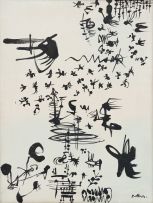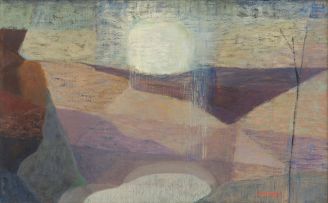Abstract Composition
Walter Meyer
Incl. Buyer's Premium & VAT
About this Item
signed with the artist's initials and dated 88
Notes
Walter Meyer essentially paints a fractured narrative in and through his work. Best known for his barren Karoo landscapes, as opposed to, say, the idealised landscapes of a WH Coetzer or a JEA Volschenk, the dominant narrative of landscape painting in South Africa, Meyer does not paint a romanticised rural idyll, but dusty ghost towns and abandoned vistas, devoid of humans and other life forms. The fractured narrative is also evident in the present Lot, an early painting done in the 1980s, with a rather unfamiliar, abstract sensibility - a fractured narrative in singular abstract shapes and forms.
Meyer obtained a Fine Arts degree at the University of Pretoria in 1989 under Professor Nico Roos, with a dissertation titled, Contemporary Trends in European Painting. He subsequently studied for three years in Germany at the Staatliche Kunstakademie in Dusseldorf under Professor Michael Buthe, and travelled extensively in Europe and the United States.
Meyer was thus thoroughly acquainted with Neo- Expressionism, the dominant stylistic movement in Europe at the time. This movement was in essence a continuation of a fractured narrative of German Expressionism, a story cut short by the Nazis during World War II, with the infamous 'Entartete Kunst', or Degenerate Art exhibition of 1937. The Neo-Expressionists, in true post-modern fashion, wanted to come to terms with the contemporary in terms of the past and they naturally adopted an expressionist style in their art. This group included such artists as George Baselitz, Anslem Keifer, Jörg Immendorff, AR Penck, and Markus Lüpertz.
Meyer, however, covered much wider ground by looking at the work of Karel Appel, a member of the CoBrA group of artists working in Copenhagen, Brussels and Amsterdam from the 1950s onwards, which included Asger Jörn and Ernest Mancoba, as well as at Neo-Expressionists in the UK such as Francis Bacon, Frank Auerbach and Leon Kossoff, and Philip Guston, Leon Golub and Jean-Michael Basquiat in the US.
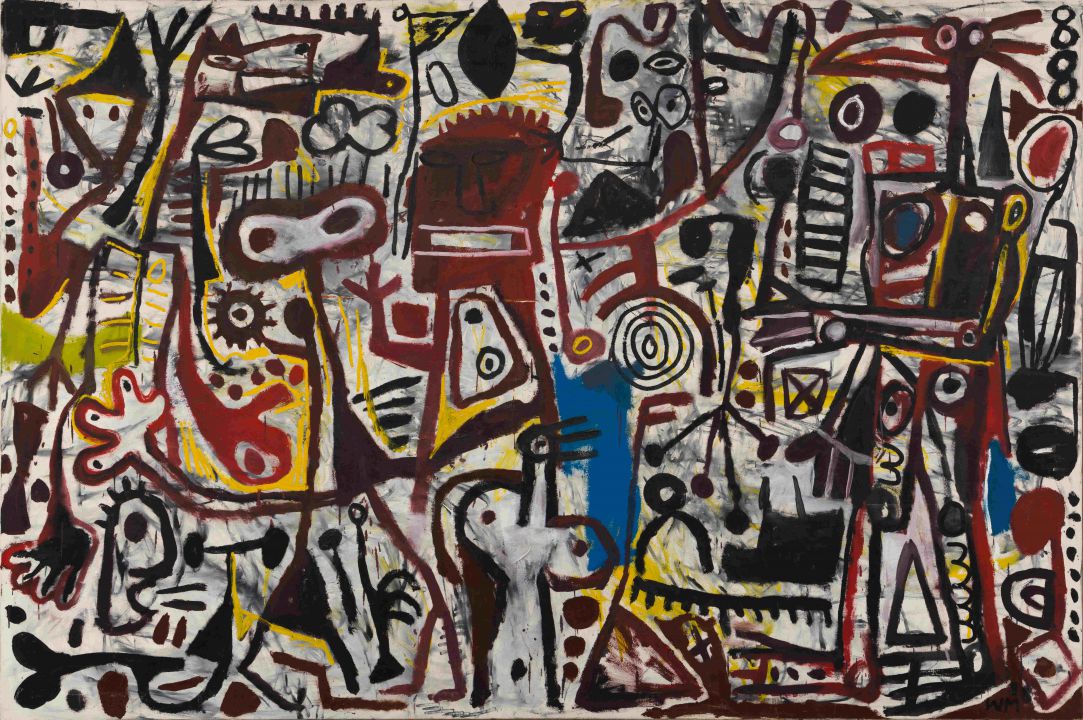

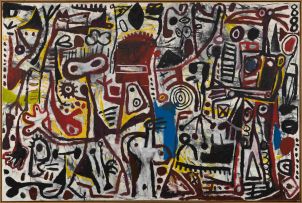
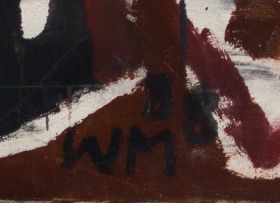
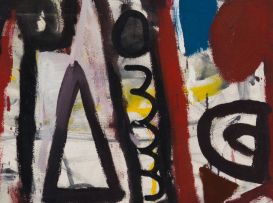
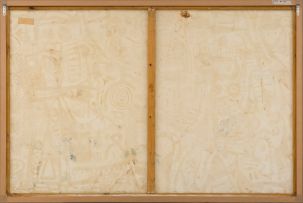
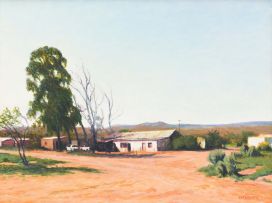
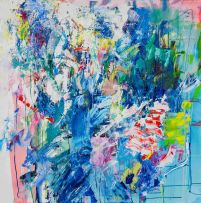

![Zander Blom; Untitled [1.56]](https://shared.straussart.co.za/items/S/377/37758_1.jpg)
